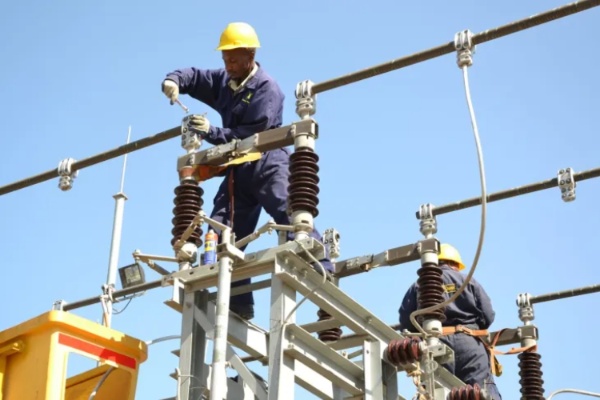Forex, fuel power purchase costs chew KPLC earnings

The surge in global crude oil prices resulted in Kenyan consumers paying a cumulative extra of Sh1.6 billion for electricity during the year ending in June 2023.
This as Kenya Power passed on a total of Sh28.08 billion in fuel power purchase costs to consumers, reflecting a 6 per cent increase from the previous year’s Sh26.49 billion as of June 2022.
It’s important to note that the fuel cost charge (FCC) constitutes the largest component of the power cost borne by the state utility, and this cost is subsequently transferred to consumers through their electricity tariffs.
While thermal power contributes to less than 10 per cent of the country’s total power mix, it becomes essential during droughts, which often result in reduced generation from hydropower, the primary source of Kenya’s electricity.
Renewable sources
The upswing in fuel power purchase costs, combined with foreign exchange exposure risks, had a detrimental impact that dented Kenya Power’s revenues, contributing to a Sh3.19 billion net loss in the reporting period.
This eroded gains made from cheaper renewable sources like geothermal, hydro, wind, solar, and imports from Uganda and Ethiopia. During that period, Kenya Power dispatched less thermal energy compared to last year, mainly due to increased generation from renewable power.
“The gains achieved with the dispatch of less thermal energy during the year, which decreased from 1,577GWh to 1,396GWh, were outweighed by the increase in fuel prices, leading to a 6 per cent increase in the fuel power purchase costs, to Sh28 billion,” said Kenya Power CEO Joseph Siror.
Kenya Power often taps electricity from thermal plants to meet supply gaps caused by either peak demand or declines in contribution by renewable sources, thus averting possible outages. The feed-in-tariff prioritises cleaner sources of electricity.
During the year, power purchase costs also increased by 22 per cent to Sh143.58 billion, partly due to increased power demand amid economic recovery and foreign exchange losses. Units purchased by the State utility rose from 11,815GWh to 12,425GWh by the end of last June.
Revenue from electricity sales grew by 21 per cent from Sh157.3 billion to Sh190.9 billion, mainly supported by an expanding customer base, which stood at 9.2 million as of the end of June 2023.
However, due to the depreciation of the Kenyan shilling against the US Dollar and Euro – the currencies in which most of the power purchase agreements are denominated – Kenya Power witnessed Sh5.32 billion in financing costs on its hard currency obligations.
This is an increase compared to the Sh1.12 billion forex losses the company suffered previously in 2022. Kenya shilling has shed its value by more than 21 percent since January 2023 to rest at about Sh150 against the dollar by last week.
“The overall fundamentals remained stable despite the challenging macroeconomic environment that was characterised by a depreciating shilling and an increase in the overall cost of doing business,” said Siror.
At the peak of investigation over costly power tariff early this year, there was an attempted push to have bulk electricity sold to Kenya Power priced in the local currency but the Independent Power Producers (IPPs) are adamant.
Bulk power
The attempt, which also included a call for the reduction of bulk power through renegotiation of Power Purchase Agreements (PPAs), is envisaged as a solution to lower electricity tariffs at the consumers’ level while also helping Kenya Power to recollect itself from its loss-making trajectory.
IPPs, however, maintain they are still servicing the foreign-denominated loans they attracted to build the power plants, whose contracts with Kenya Power are running for years ranging between 20 and 25 years for the majority.
Thermal power plants use diesel generators, making them more expensive than other sources. For instance, Muhoroni GT, the only expensive thermal generator owned by Kenya Electricity Generating Company (KenGen), was selling its power at Sh58.8 per unit in May 2023. KenGen’s geothermal power costs about Sh7 per unit.











